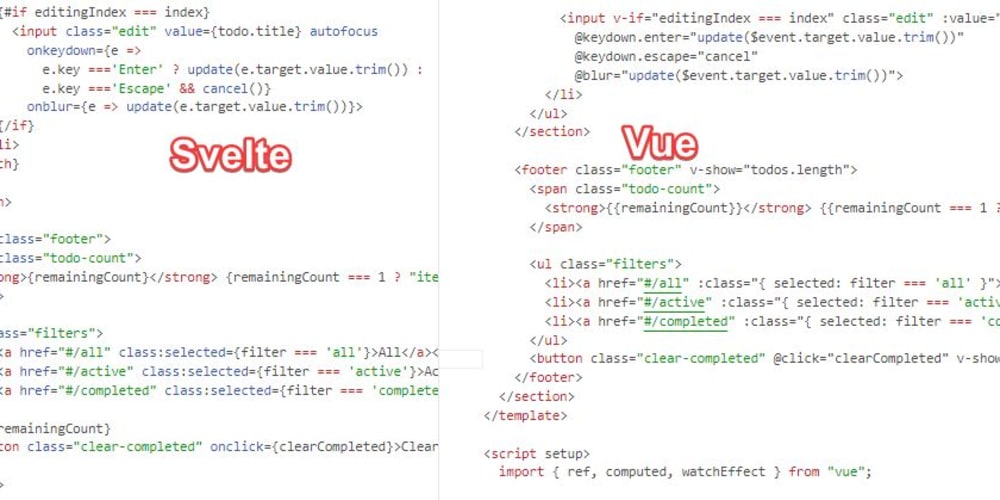Disadvantage of the Liskov Substitution Principle(LSP)
LSP (Liskov Substitution Principle) has some limitations, which include:
Strict Compliance: Writing code that adheres to LSP can sometimes introduce additional complexity when creating subclasses or derived classes, as it requires maintaining all the attributes of the parent class.
Lack of Flexibility: Following LSP can reduce flexibility in some cases, as the subclass must be completely compatible with the parent class, which can create challenges when adding new features.
Additional Design Constraints: Designing according to LSP requires adhering to specific constraints. Every method or function of the parent class must be usable in the subclass, which can complicate the design.
Increased Resource Costs: Following LSP often necessitates code refactoring, which can take more development time and resources.
These are some limitations of the Liskov Substitution Principle that pose challenges in advanced system design.
Conclusion:
The Liskov Substitution Principle (LSP) is a vital part of the SOLID design principles that aids in maintaining the durability and stability of programs. Adhering to LSP properly means maintaining a cohesive relationship among our classes, allowing client code to use subclasses and base classes interchangeably without noticing any differences, enabling the program to run without errors.


















